Morocco Luxury Travels
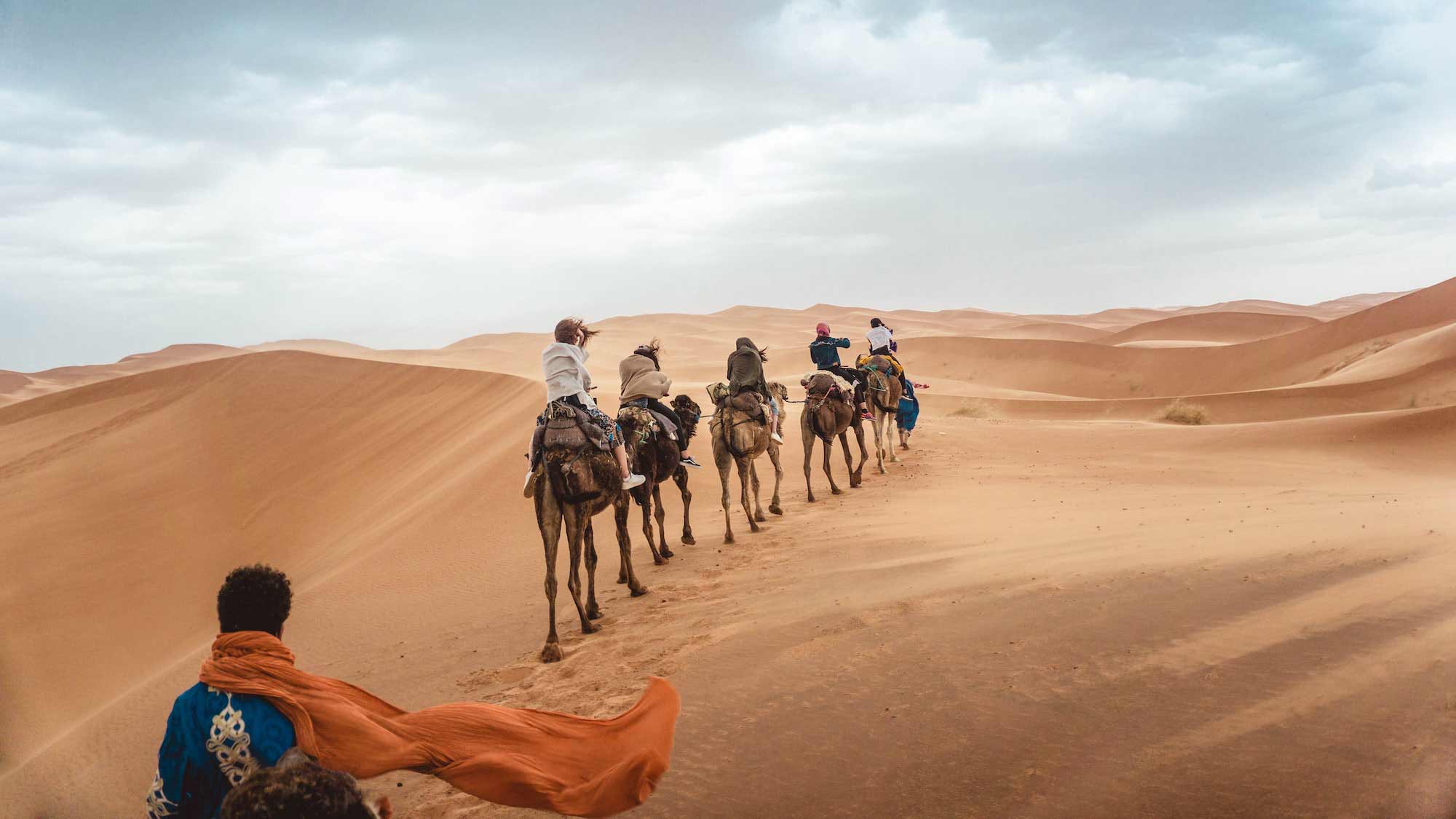
Wander to the land of Color and Contrast
The entire country of Morocco is infused with old-world charm, each turn delivering another mesmeric spell.
Minarets and fortress towers create an unforgettable skyline. Craggy mountain ranges separate lush valleys from desolate desert sands. The sweet ocean scent of the Atlantic blows through labyrinthine streets of its ancient cities..
The delicate aroma of rosewater wafts around a shop filled with decadent silks. Carpets are woven in an intricate fashion and leaned against the old city walls. Elements of French colonisation linger along the parapets of the new marketplace. The vibrant history of an old desert-trading town continues in the shade of the fortress.
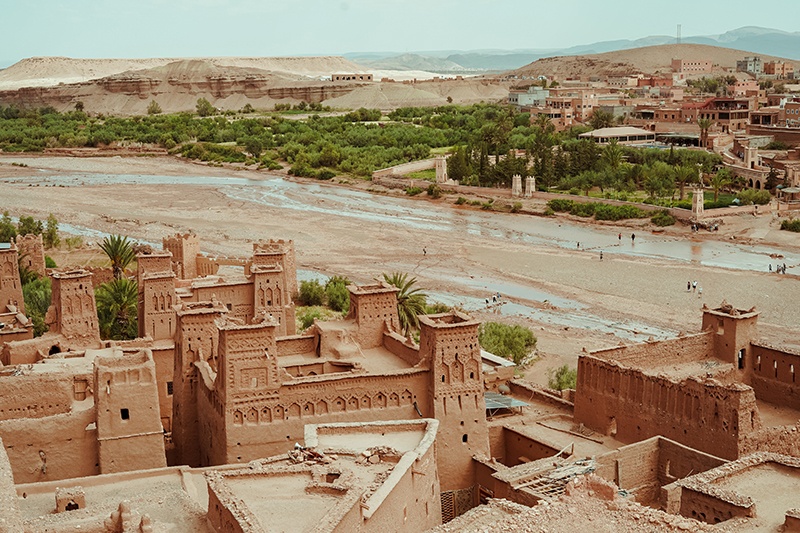
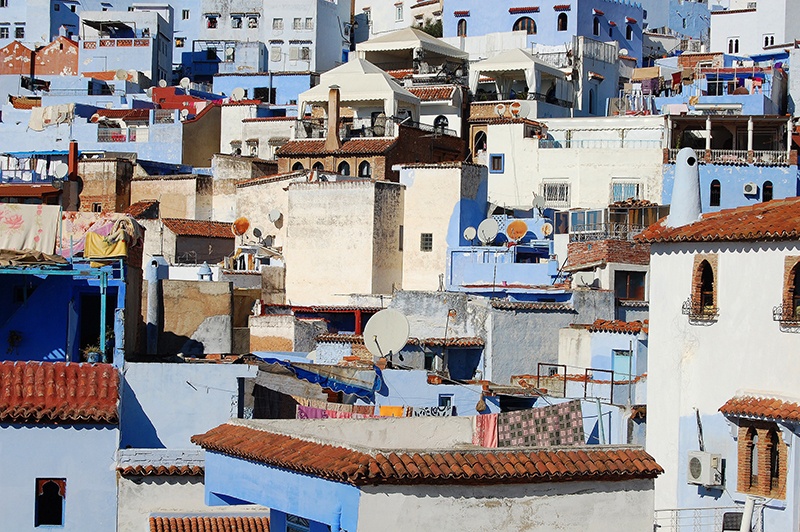
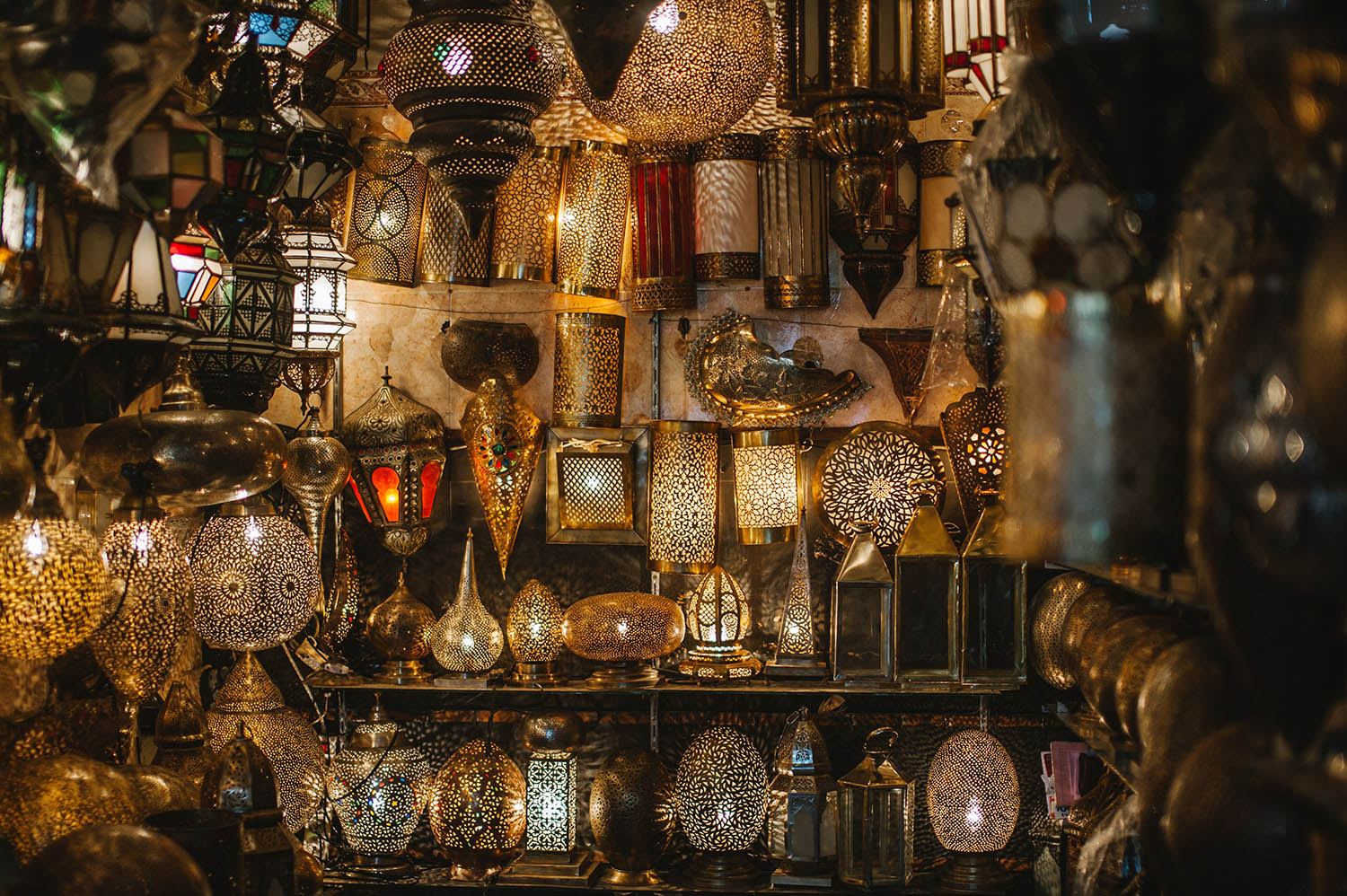
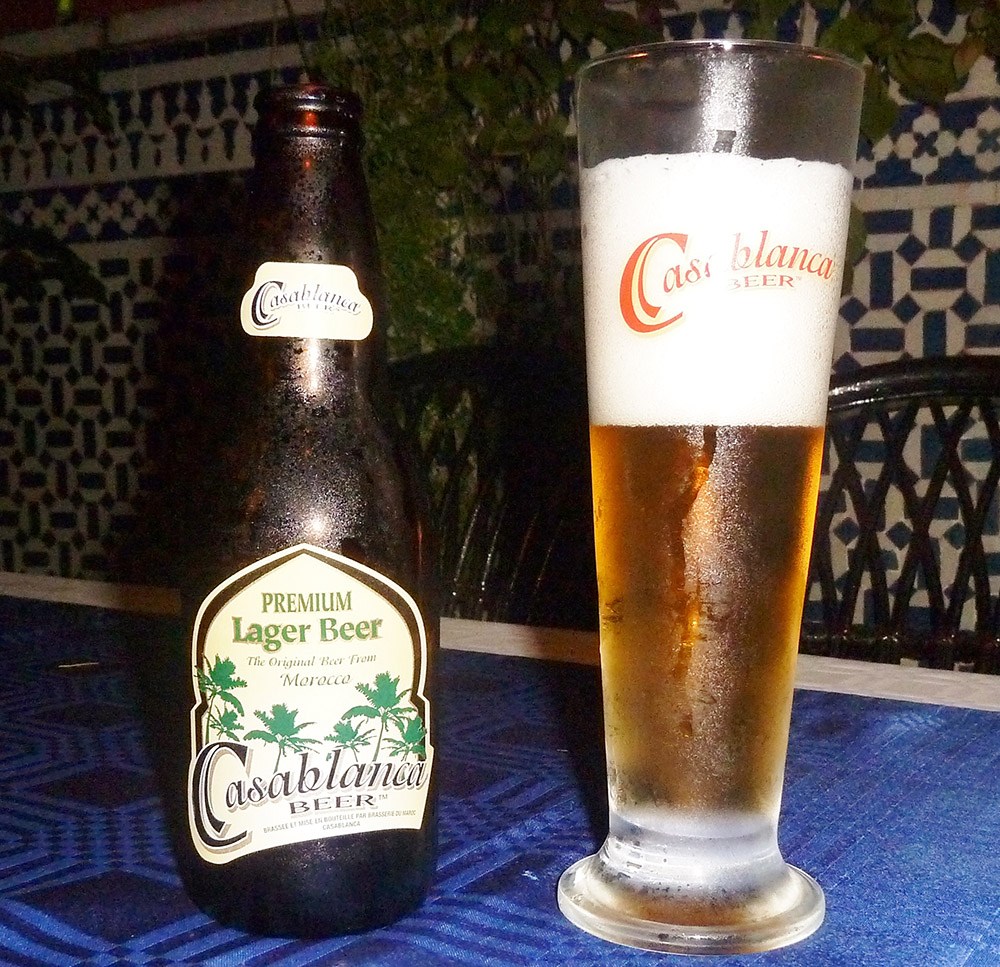
The Best time to visit Morocco
The best time to visit Morocco is during Spring (mid-March to May) and Fall (September to October), offering pleasant temperatures for city exploration and mountain hikes. The coastal areas of Morocco are enjoyable year-round, with moderate temperatures during winter. In contrast, summer offers a taste of tropical paradise, with temperatures reaching up to 75°F and beyond.
For adventurer seekers, the High Atlas Mountains beckon, with ideal conditions for hiking and exploration between April and October.
Month-by-month guide for traveling in Morocco
April-May offers excellent conditions for outdoor adventures and we suggest you venture out of Marrakech for a quiet hike past Berber villages in the majestic Atlas Mountains. One can expect occasional spring showers and the strong winds in the Sahara could bring in occasional sandstorms.
Be prepared for some rain, and remember to pack warm clothing, especially in the north.
11 days - Wonders of Morocco Itinerary 2024/2025
Experience the vibrant tapestry of Morocco, where every moment is an adventure waiting to unfold. Our exhilarating itinerary takes you from bustling spice markets to ancient fortresses, camel rides in the Sahara Desert to hikes in the High Atlas Mountains.
Explore hidden gems and lesser-known treasures, immersing yourself in the rich culture and landscapes of this captivating country. Don’t miss the magical hot air balloon ride and a visit to Chefchaouen, the enchanting ‘blue city’ nestled in the Rif Mountains.
Join us for an unforgettable journey through Morocco, where every step reveals a new wonder.
With so much to see, our travel planners can tailor your Moroccan adventure for a two-week or longer exploration, with accommodations at luxurious riads making it a trip worth cherishing.
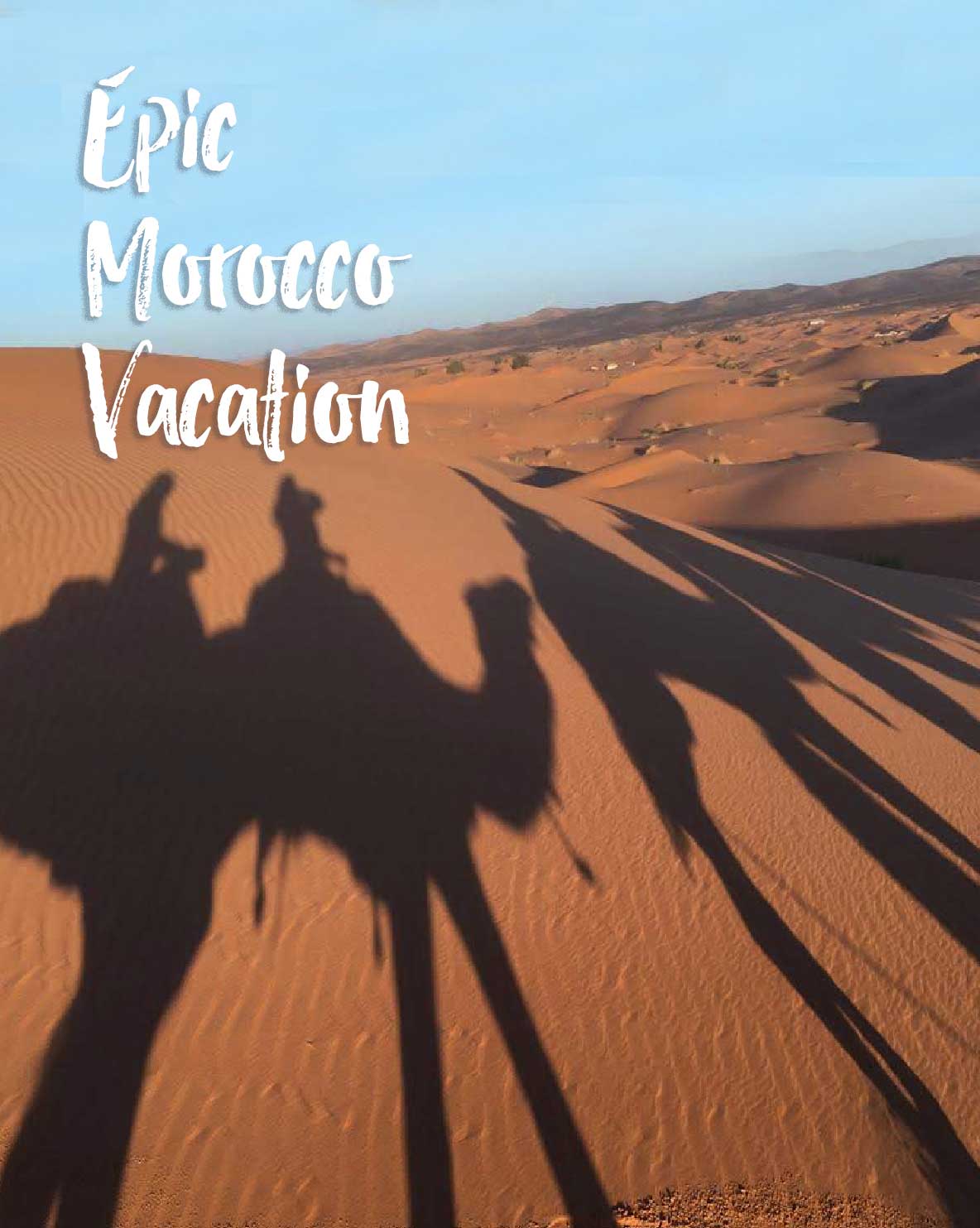
Day One: Arrival in Casablanca
- Check in and rest until early afternoon
- Visit the Hassan II Mosque, the largest functioning mosque in Africa and the 14th largest in the world
- In the evening, you could go to the seaside/waterfront for sunset vibes and dinner
- Overnight in Casablanca
Day Two: Casablanca – Rabat
- After a leisurely breakfast, check out and drive to Rabat
- Check into your hotel and prepare to explore
- Popular places to visit: Hassan Tower, Chellah, Kasbah des Oudaias, Mausoleum of Mohammed V, Rabat Beach
- Overnight in Rabat
Day Three: Rabat – Tangier
- Train ride to Tangier
- Overnight in Tangier
Day Four: Tangier – Fes
- After breakfast, drive to Fes
- En route, stop at Chefchaouen, known for its striking, blue-washed adobe style homes and public buildings
- Continue to Fes
- Overnight in Fes
Day Five: Fes – Meknes & Volubilis – Fes
- Explore Fes, Morocco’s second-largest city and former capital
Day Six: Exploring Fes
- Meander through colorful souks for exquisite handicrafts and local food
- Day trip to Meknes & Volubilis, a Berber-Roman city
- Return to Fes and enjoy the evening at leisure
- Overnight in Fes
Day Seven: Exploring Fes
- Explore the medinas of Fez
- Visit historical sites and districts
- Visit a local Moroccan pottery workshop and, if time permits, a leather tannery
- Revisit the main square in the twilight hours and stay to enjoy the ambience
- Overnight in Fes
Day Eight: Marrakesh
- Drive to Marrakesh
- Explore Djemaa el Fna, Bahia Palace, Dar Si Said, and the Saadian Tombs
- Enjoy the evening at leisure or indulge in a traditional Hammam
- Stay overnight in Marrakesh
Day Nine: Marrakesh
- Optional hot air balloon ride in the morning
- Visit Les Jardins Majorelle, Jemaa el-Fnaa, and explore the souk
- Stop at the Saadian Tomb complex
- Overnight in Marrakesh
Day Ten: Marrakesh – Ourika – Marrakesh
- Drive towards Ourika, stopping at a Berber village for a Moroccan tea ceremony
- Lunch at a local restaurant
- Return to Marrakesh
- Overnight in Marrakesh
Day Eleven: Atlas Mountains
- Explore the remote village of Toubkal in the High Atlas Mountains
- Visit impressive kasbahs and enjoy hiking
- Drive from Marrakech to Ait Ben Haddou
- Visit a remote village Imlil and optionally Kasbah du Toubkal
- Lunch and hiking in nearby trails. Drive back to Marrakech
- Overnight in Marrakesh
Day Twelve: Drive from Marrakech to Casablanca for your flight back home!
Mae Salaama Morocco (“Goodbye Morocco”)
MAKE AN ENQUIRY
Connect with Harsh Patil, to customize your trip to Morocco 2024/2025

People, food and culture
Morocco’s location in north west Africa, a short sea journey from Europe, lends itself to influences by many major powers over centuries. This melting pot of cultures and customs has resulted in the Moroccan people of the 21st century; a modern and progressive Islamic nation with a friendly, welcoming embrace of its locals and foreigners alike. With a history as intricate and varied as Morocco’s, it has developed a cultural offering that is both rich and exciting. Whether it’s the artistic influences found in Tangier, the medieval streets and buildings of ancient Fez, the laid back towns along the Atlantic coast or the nomadic people in the desert towns and villages around the Sahara, the culture of Morocco is hard to define yet easy to find. Given the country’s diverse background, it goes without saying that its cuisine is a eclectic as its history. One of the most popular ones is Tagine, which is a slow cooked Moroccan stew. Harisa is another unique tomato-based dish with lentils and chickpeas, a must-try healthy vegetarian option! For all the hummus and couscous lovers out there, it doesn’t get better to have an authentic taste of these dishes than in the place they were created!
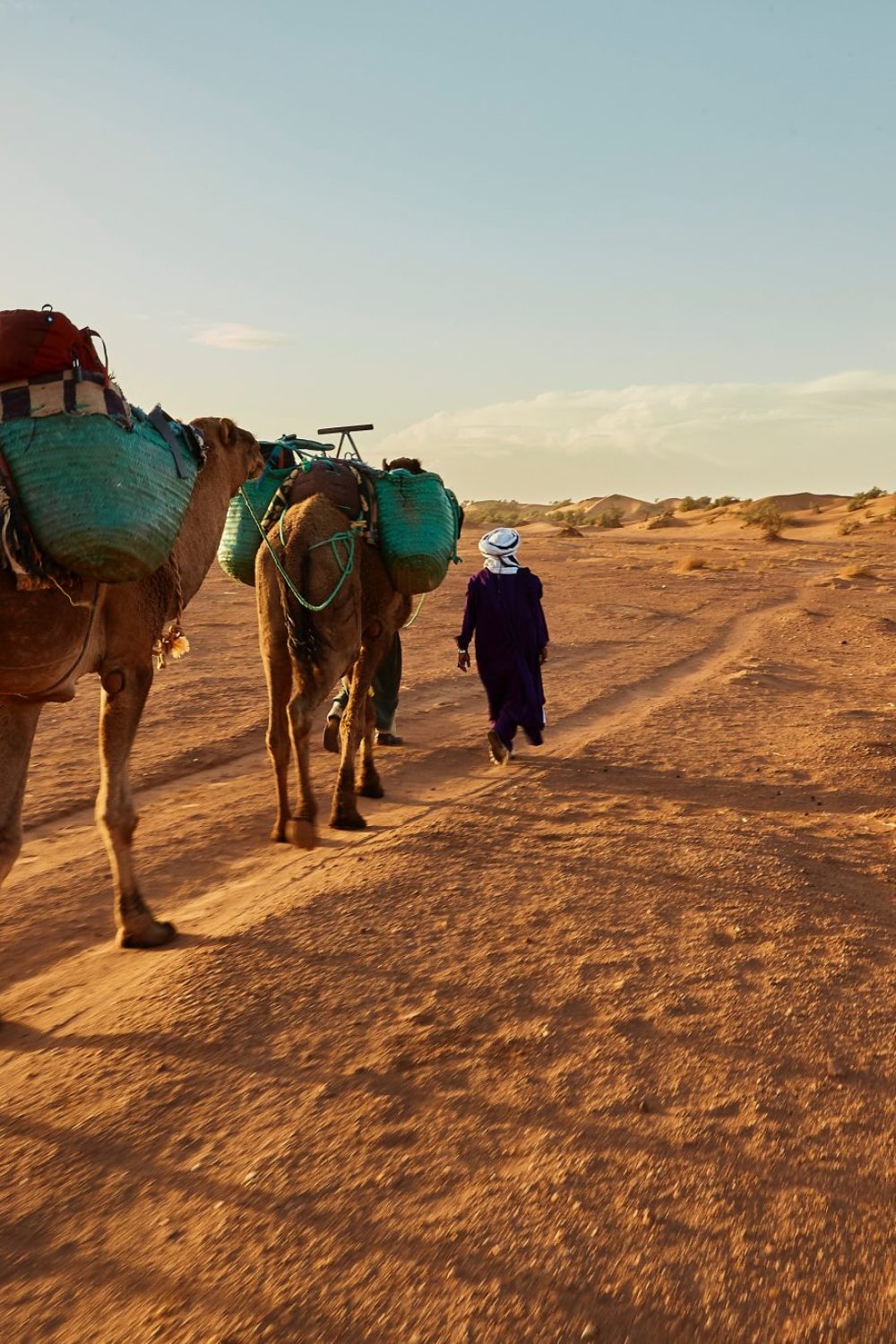

Languages spoken:
Arabic, Berber, French, English

Fun Fact
Moroccans have been writing about the world since time immemorial, beginning with Moroccan Islamic scholar Ibn Battuta, who travelled an astounding 5,000 miles over 30 years and giving an account of his story in the Rihla (The Journey). Who wants to follow his footsteps?

One reason you should go here
Morocco is a gateway to Africa and a country of dizzying diversity. Here you'll find epic mountain ranges, ancient labyrinthine cities, sweeping deserts, a hopping nightlife – and warm hospitality.
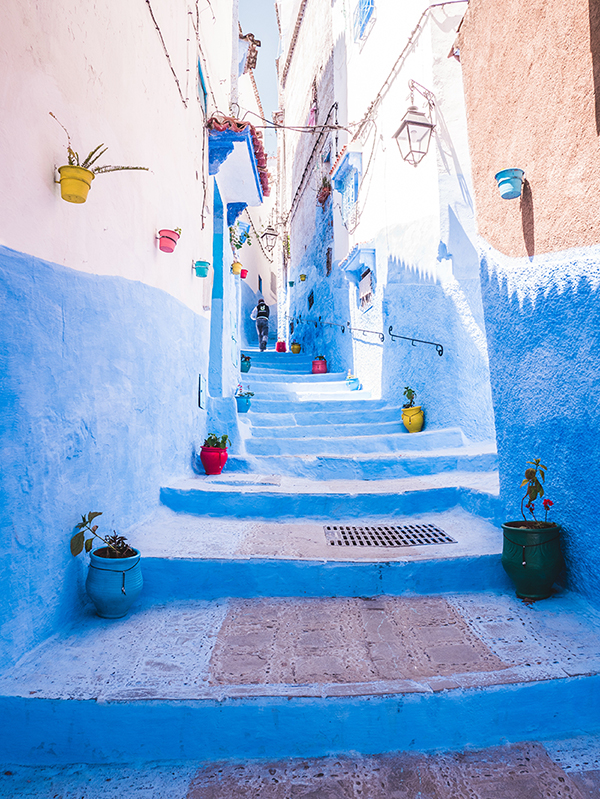
Frequently Asked Questions - Morocco
Morocco is a country located in North Africa, bordered by the Atlantic Ocean to the west, the Mediterranean Sea to the north, Algeria to the east, and Western Sahara to the south.
Experience Morocco’s Rich Culture and Natural Wonders
Explore Morocco’s vibrant culture, iconic landmarks like the Sahara Desert and Atlas Mountains, and the enchanting blue city of Chefchaouen. Dive into its historical sites, mosques, palaces, riads, and medinas and ancient souks, and bustling markets. Morocco has been a favorite location for Hollywood films – Lawrence of Arabia, The Jewel of the Nile, Gladiator to name a few. Start your adventure today!
The official language of Morocco is Modern Standard Arabic, but Moroccan Arabic and Berber languages are also widely spoken. French is commonly used in business and government, and English is spoken by most in the tourism industry.
American citizens do not need a visa to travel to Morocco for visits lasting less than 90 days. Travelers must have a valid passport with at least one blank page for immigration entry stamp. Australia, New Zealand, UK, EU and Canada are among do not need a visa to travel to Morocco for visits lasting less than 90 days. It’s always a safe idea to check with the consulates updated policies.
Morocco popular tourist destination, a lively nation that boasts a variety of landscapes and cultural experiences. Explore the Atlas Mountains, shop in Marrakech, and spend some time in the turquoise city of Chefchaouen. Make sure to visit the historical sites in Fes as well as the coastal towns of Essaouira and Casablanca. Experience the local culture by indulging in traditional Moroccan dishes like tagine and mint tea in the medina.
March to May and September to November are the best times to visit Marrakesh.
Springtime (March to May) or Fall (Sept to Nov) the weather is mild and comfortable making it the best time to visit Tangier, Fes, Chefchaouen.
Pack light, breathable clothes appropriate for warm weather, supportive walking shoes, a hat, sunglasses, and a jacket for colder nights for your vacation to Morocco. Don’t forget to pack a scarf for visiting mosques and being modest in the more traditional neighborhoods. Sunscreen and bug spray should also be included.








